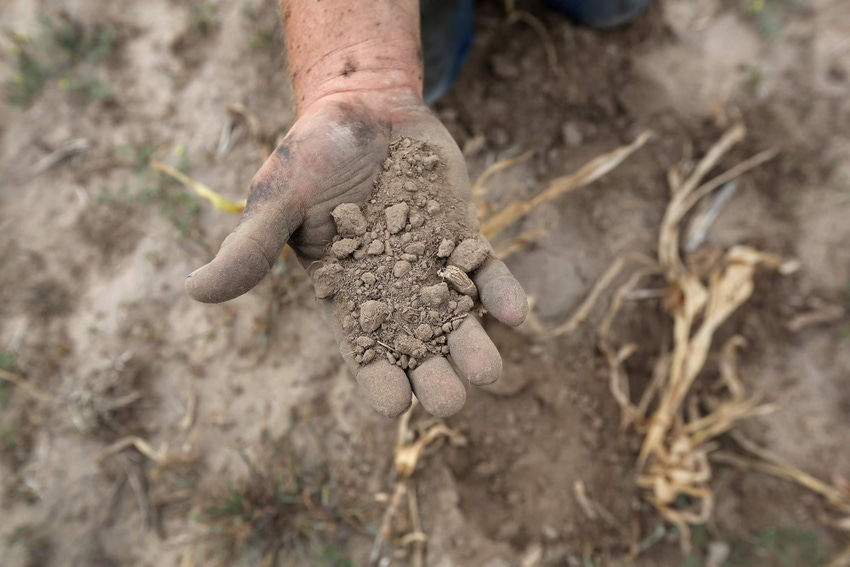Drought is back in much of cattle country. That has lots of implications, not the least of which is what calves will be worth this fall.

Here we go again, staring another drought in the face. And a quick look at the drought monitor map shows that the worst of the drought is in parts of the Southern Plains that have already seen its share of wildfires.
Friends from the Texas Panhandle, my long-time former home, say it’s been four months since they’ve seen any measurable moisture. While that seems to be the epicenter, a big chunk of the Great Plains, the West, Southwest and Southeast are in varying stages of drought.
That has a lot of implications; some yet to come, like wildfires, and others more recent, like increased movement of calves off wheat pasture and into feedyards.
For today’s purpose, let’s look at the cattle on feed implications. But it’s worth noting, for those of you looking at another dry spring and summer, that having a drought plan will help you deal with the inevitable and gut-wrenching decisions you may well have to make in the coming months.
READ: Spring weather could remain dry for much of the U.S.
According to the Livestock Marketing Information Center (LMIC), it its most recent Livestock Monitor, “In recent months, the number of cattle placed into U.S. feedlots has been bolstered by the large 2017 calf crop, poor small grains grazing conditions (wheat) in the Southern Plains and rather good demand for animals put on feed.
Cattle on feed placements in 2017 ran well ahead of 2016 and the five-year average all year. We’ll get the January Cattle on Feed report tomorrow, and analysts expect that trend to remain intact. According to Jim Robb, director of the Livestock Marketing Information Center (LMIC), the pull-through last year occurred at the wholesale and live cattle level, creating a market that encouraged higher placements and marketings.
In its recent Livestock Monitor, LMIC analysts say the spike in placements is a double-edged sword. “In the short term, feeder cattle supplies outside feedlots as on Jan. 1, 2018 were calculated to be below a year earlier (down 2.3% or 607,000 head), which tends to support prices.
“However, the placement pattern since last fall has put more slaughter cattle in the marketing window of late May through mid August than a year ago. Note that many of those animals are heifers. Those large marketings will likely pressure slaughter-ready steer and heifer prices, which are forecast to be below 2017’s. Those prices suggest dampened demand for feeder cattle late this spring on into the summer months.”
LISTEN: Drought conditions on wheat pastures push feeder cattle to town
So far this year, feeder cattle and calf prices have remained strong, as have fed cattle prices. But David Williams with Informa Economics thinks current fed cattle prices may be at the high for the year.
Is that same scenario in play for feeder cattle and calf prices? Perhaps, although CattleFax thinks 2018 will be generally profitable for mid- to low-cost producers.
If 2017 taught us anything, however, it’s that the market can surprise you in many different ways. If you haven't done so already,maybe some risk management is in order now as you look ahead to this fall’s market.
About the Author(s)
You May Also Like



